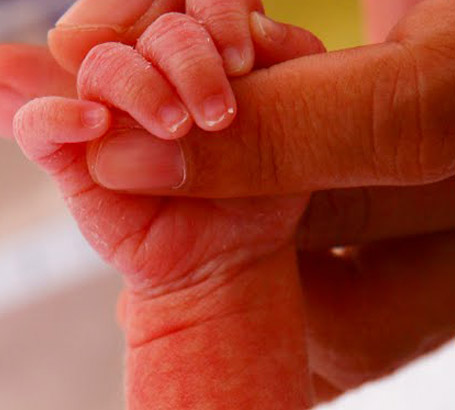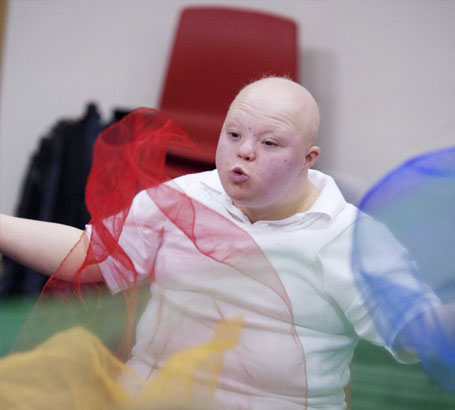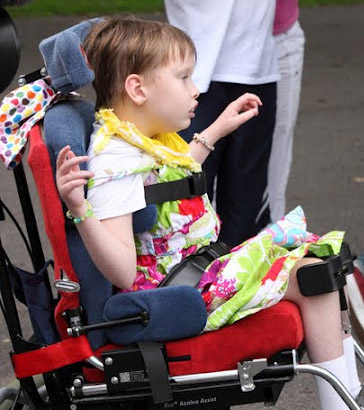
One contributing factor to the rise in childhood disability, particularly in the developed world, is the increasing survival rates of babies born before 32 weeks (very preterm) and before 28 weeks (extremely preterm). Very and extremely preterm births now account for 1-2% of live births.

Most infants born at 35-37 weeks are born without any significant long-term challenges. But those born before 35 weeks have a significantly higher risk than the general population of having neurodevelopmental problems, leading to cognitive, neuromotor and behavioural difficulties that affect their ability to do well at school.

Very preterm infants:
- Are at greater risk of being towards the lower end of the normal ability range and significantly lower than their full term peers
- Are at greater risk of educational underachievement as a result of general and specific learning difficulties.

Extremely pre-term infants are at greater risk of having cognitive and neurological impairments and of being diagnosed with ADHD.
Both groups may have difficulty with planning and organisation and with working memory, which will affect numeracy, reading and other areas of learning.
Extremely low birth weight infants are at increased risk of having learning difficulties and conditions with multiple areas of difficulty.
There have been no systematic studies of the effectiveness of particular educational interventions for children who have been born prematurely. There is huge variation in what these children will need by way of support, however, the following should be in place:
- An overview of the developmental history of the child
- Access to specialist support and advice from a range of professionals
- Transdisciplinary assessment and planning to ensure a holistic and coordinated approach
- Close involvement of families and support and guidance for them
- A personalised approach tailored to the child's unique and complex needs, which responds to where the child is developmentally and socially, and
- Continuing professional development for staff to recognise the possible learning difficulties and disabilities associated with premature birth.

Champion, P. R. (2005) The at-risk infant – approaches to intervention: The Champion Centre model. In B Carpenter and J Egerton (eds) Early Childhood Intervention: International perspectives, national initiatives and regional practice, 39–52, Coventry: West Midlands SEN Regional Partnership.
Day, L. (2009) Caring for early arrivals, Early Years Educator, 32.
Hornby, G. and Woodward, L. J. (2009) Educational needs of school-aged children born very and extremely preterm: a review, Educational Psychology Review, 21, 247–266.
Martin, J. A., Kochanek, K. D., Strobino, D. M., Guyer, B. and MacDorman, M. F. (2005) Annual summary of vital statistics, Pediatrics, 115 (3), 619–634.
Tucker, J. and McGuire, W. (2004) Epidemiology of preterm birth, British Medical Journal, 329, 675–678.